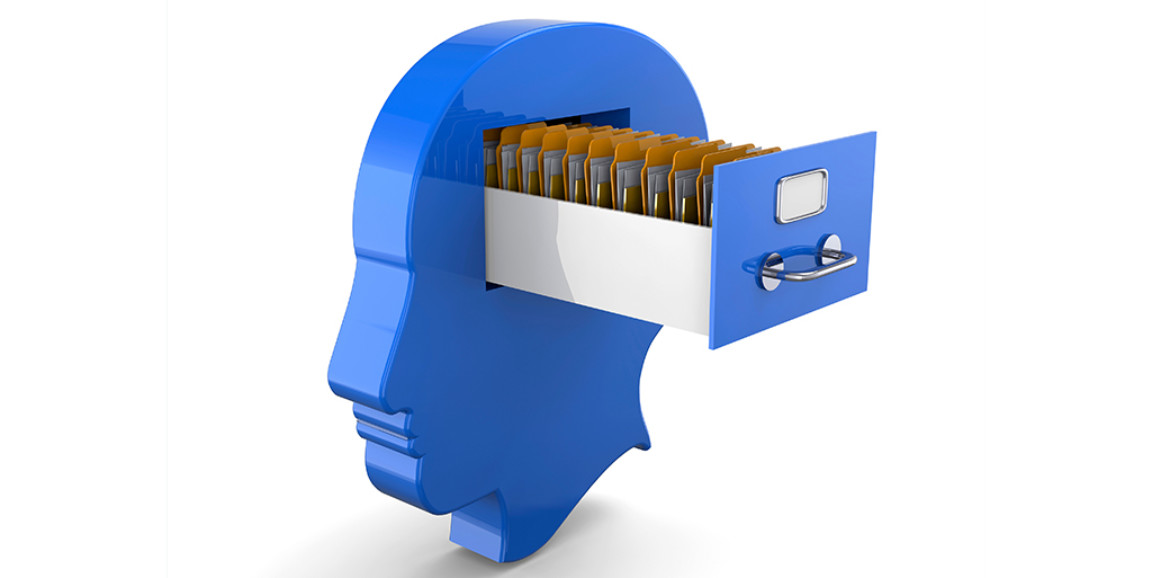Have you ever awakened to the ring of an alarm clock and wondered where you were and what you were doing there? It's not unusual to forget that you're on a work trip while still in the fog of sleep. But it would be unusual to forget how to open your eyes, sit up in bed or slap the alarm clock into silence. That's because movement skills, also known as motor memories, seem to be more persistent than other kinds of memory.
"We think motor memory is unique," said Jun Ding, Stanford Medicine associate professor of neurosurgery and of neurology. "Some studies on Alzheimer's disease include participants who were previously musicians and couldn't remember their own families, but they could still play beautiful music. Clearly, there's a huge difference in the way that motor memories are formed."
In a study published July 8 in Neuron, Ding and postdoctoral scholars Richard Roth, PhD, and Fuu-Jiun Hwang, PhD, investigated how these motor memories form by teaching mice to fetch food pellets through a small slot. The mice had a genetic alteration that allowed the researchers to identify and use fluorescence to tag specific brain cells, or neurons, involved in memory formation, then track them as the mice learned the new skill.
The researchers recorded new synaptic connections forming between neighboring neurons in two different parts of the brain -- the motor cortex, a part of the brain that controls movement, and the dorsolateral striatum, a part of the brain that regulates habitual behaviors. It was among the first examples of researchers recording the connections between neurons simultaneously in these two regions, according to Ding.
'Think of memory like a highway'
When the researchers tested the animals' memory of food-fetching weeks later, they found that the mice proficient in nabbing pellets had increased activity in the same neuron networks that activated during the learning period. Ding and his colleagues had essentially captured and mapped the creation of a skill.
The researchers said that the neuron networks created by frequently repeated skills likely become redundant (encoded in multiple neural pathways) as the skill is refined, which may partially explain the persistence of motor memory. They speculate that even if the specific neurons associated with the skill's initial development were suppressed, the brain would find another way to perform the movement.
"Think of memory like a highway. If Interstate 101 and Highway 280 are both closed, you could still get to Stanford from San Francisco," Ding said. "It would just take a lot longer."
Ding and his colleagues aim to learn more about the motor memory highway in a follow-up study on movement disorders. They hope to find out whether diseases like Parkinson's are the result of memory blockage -- a motor memory traffic jam, so to speak -- or if the disease destroys the memory highway associated with movement skills.
"Obviously, we're still a long way from a cure [for diseases like Parkinson's]," Ding said, "but understanding how motor skills form is critical if we want to understand why they're disrupted by disease."
This story is based on an article originally published by the Wu Tsai Neurosciences Institute.
Photo by McCarony






